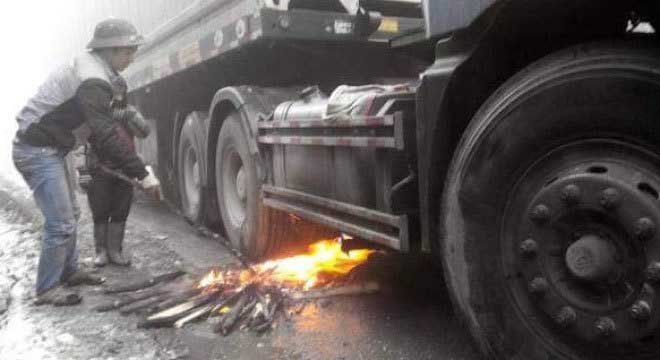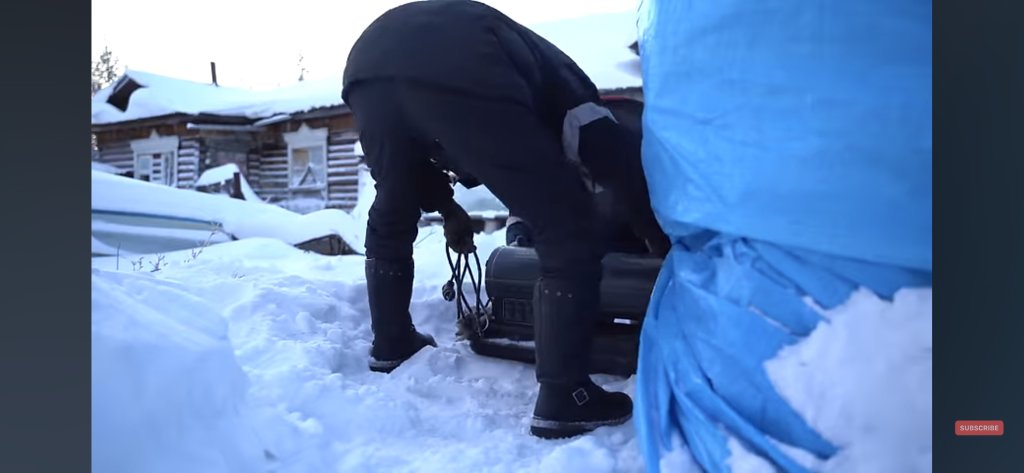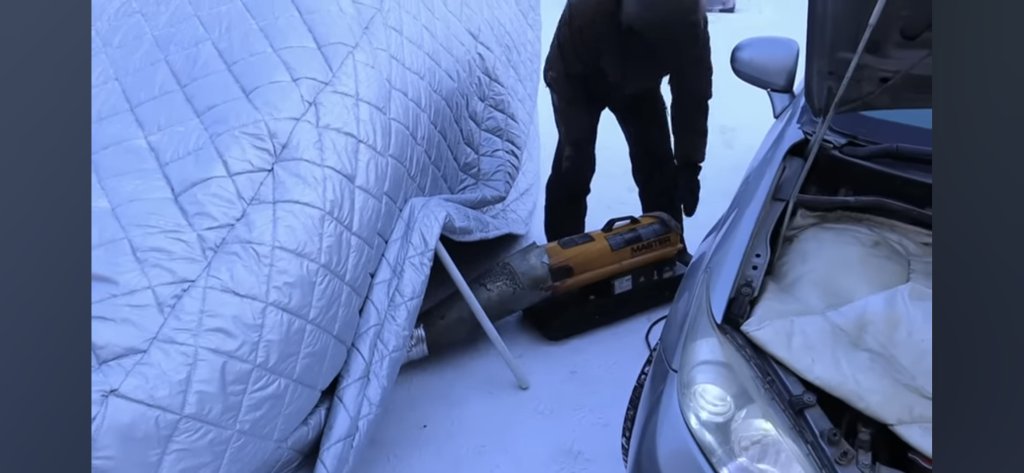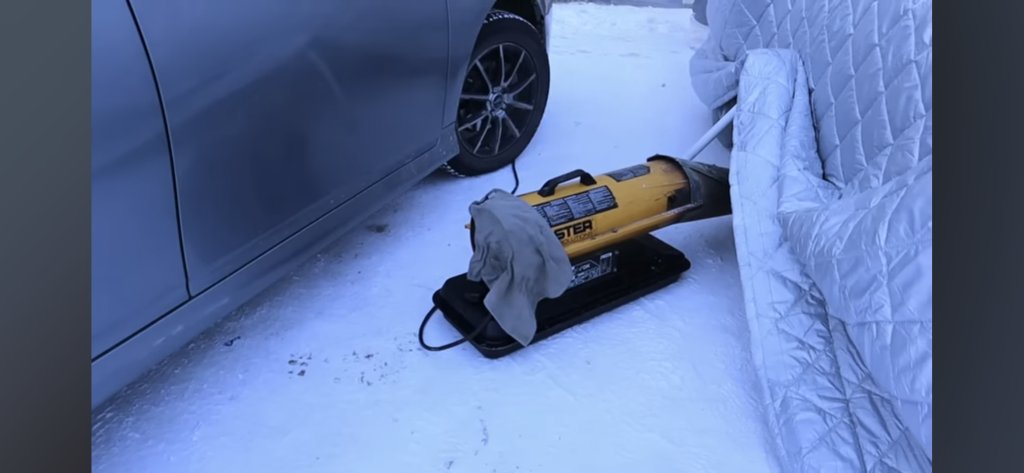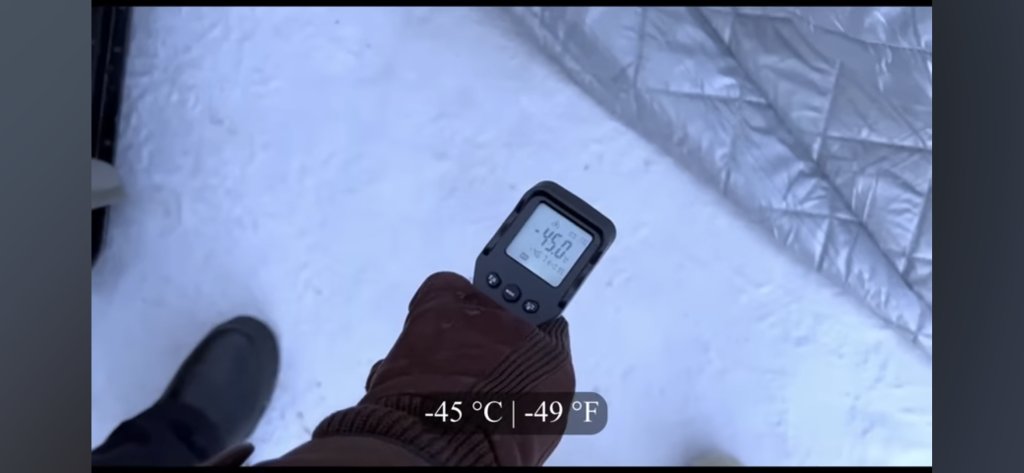Lithium Battery Temperature Ranges: A Complete Overview
When a lithium-ion battery is exposed to cold temperatures, the electrolyte inside the battery can become less mobile and more viscous. This can impede the normal movement of lithium ions between the electrodes during charging.
As the battery is charged in cold temperatures, lithium ions may have difficulty inserting themselves back into the lithium host material on the anode. Instead, some lithium ions deposit on the surface of the anode and form metallic lithium, a process known as
plating.
The formation of metallic lithium on the anode can create
dendrites, which are tiny needle-like structures. These dendrites can grow over repeated charge and discharge cycles, potentially penetrating the separator between the anode and cathode, leading to short circuits and compromising the safety of the battery.
Lithium plating can result in a permanent loss of capacity for the affected battery. The plated lithium is no longer available for participation in the electrochemical reactions during subsequent charge and discharge cycles.
Lithium plating is more likely to occur when a lithium-ion battery is exposed to temperatures below freezing (32°F), but the specific threshold can vary depending on the battery chemistry and design.
Conversely, high temperatures accelerate the chemical reactions within a lithium-ion battery, which can result in faster aging and a shorter overall lifespan.
In very hot conditions, there is a risk of thermal runaway, where the battery’s temperature increases uncontrollably, posing safety hazards.
Ngày xưa hội VN ở Đức chạy máy dầu hay bọc ắc quy trong chăn cũ, cẩn thận hơn chập tối họ bê ắc quy lên nhà, sáng mới mang xuống để dễ đề hơn. Về mùa đông không hiểm thấy ngoài đường những cái xe tải che chăn ở mũi xe để tránh gió lạnh.
Mà cũng chẳng cần phải sang Đức làm gì, cảnh này trên vùng cao trong mùa đông không hề hiếm!






